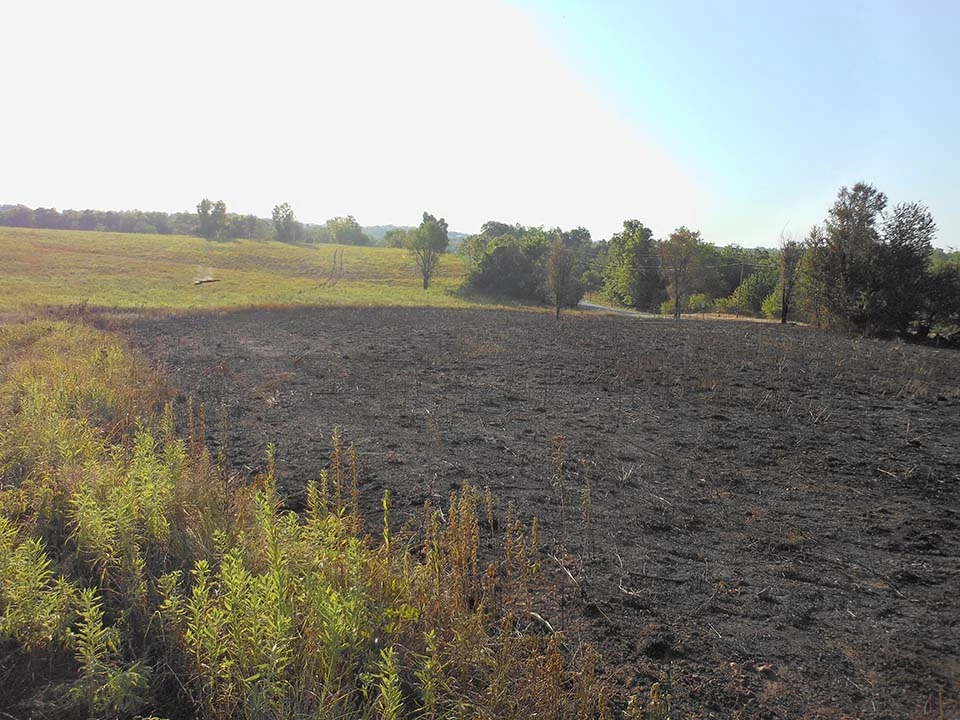American grasslands once stretched coast to coast and from Mexico to Canada. In the Great Plains, savannas and woodlands were scattered in the vast sea of prairie. But today, tallgrass prairie is an endangered ecosystem. Scientists estimate that as little as 4% of the original tallgrass prairie remains today. Grasslands in this region thrive with fire, grazing, and drought. Savannas and woodlands also need periodic fire to stay healthy. In the Midwest, fire occurs mostly via human sources, but lightning also starts fires.

NPS-Photo
Are you surprised that management professionals actually light fires on purpose! Called a prescribed fire or controlled burn, firefighters light a fire in an area. The weather and other conditions required before ignition are called a prescription. The prescription must be met before lighting a fire. Fire prevents tree invasion, recycles nutrients, and stimulates plant growth. Park grasslands in the Midwest will become shrublands or woodlands without the regular use of fire. Without fire, eastern redcedar can turn a grassland into a forest within 40 years. Even woodlands need occassional fire to be healthy. Since wildlife depend on plants for habitat, fire supports healthy wildlife communities too.
Fire Ecologists study how fire affects living things and their environment. Studying fire can help us understand patterns in plants and animals. The Heartland Inventory and Monitoring Network fire ecologist assists seven parks in the Midwest region.
Monitoring Objectives
The HTLN fire effects program enhances our understanding of trends in the plant and animal communities.
- The fire ecology program records fire history, fuel loads, fuel moisture, soil moisture, fire behavior, burn day weather, and fire severity.
- We interpret these elements together with plant and animal data to help managers understand whether prescribed fires are achieving park goals. For example, vegetation structure is a key component of grassland bird habitat and it is directly affected by fire. By bringing together fire variables, measurements of vegetation structure, and grassland bird observations managers have a more comprehensive understanding of an ecosystem. We can also look for patterns in new tree growth in woodlands with respect to fire history or fire severity.
Related Content
Source: NPS DataStore Collection 4459. To search for additional information, visit the NPS DataStore.
Source: NPS DataStore Collection 4458. To search for additional information, visit the NPS DataStore.
Last updated: January 10, 2023
